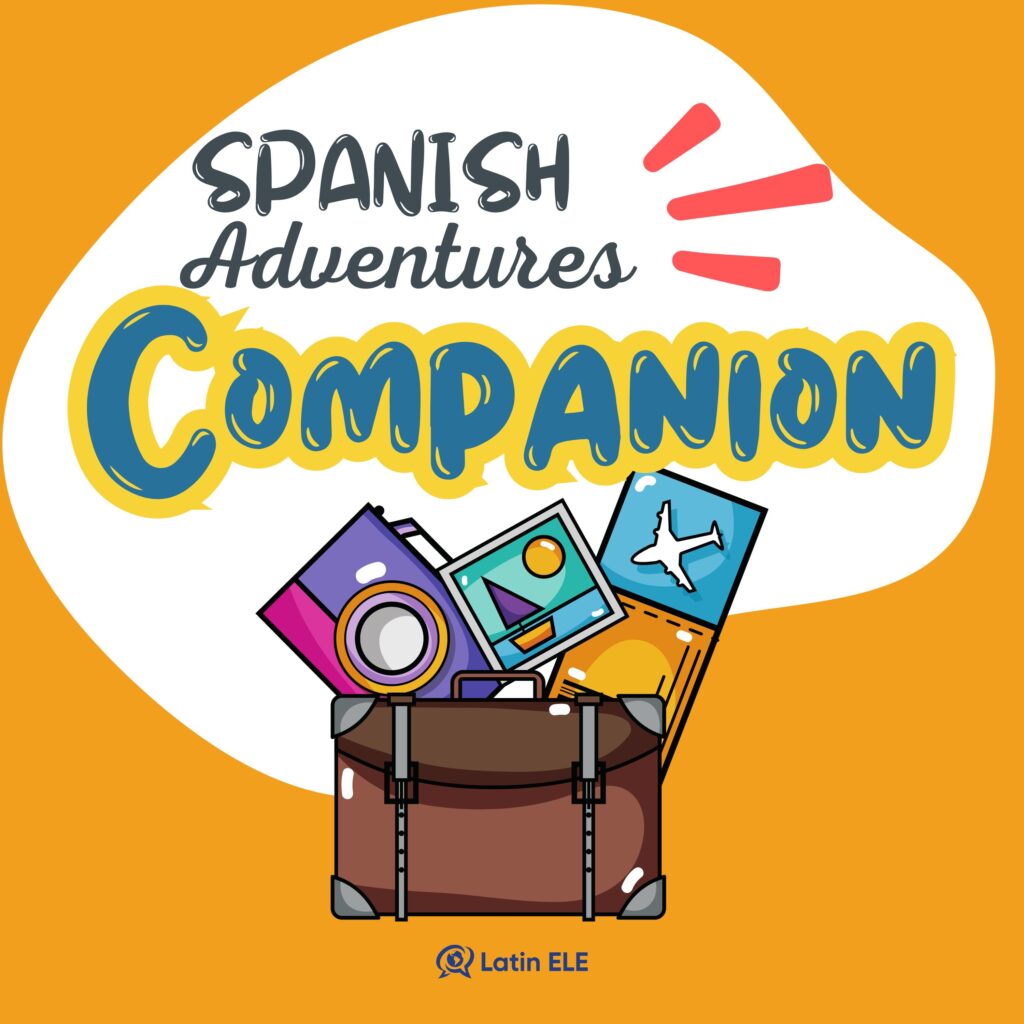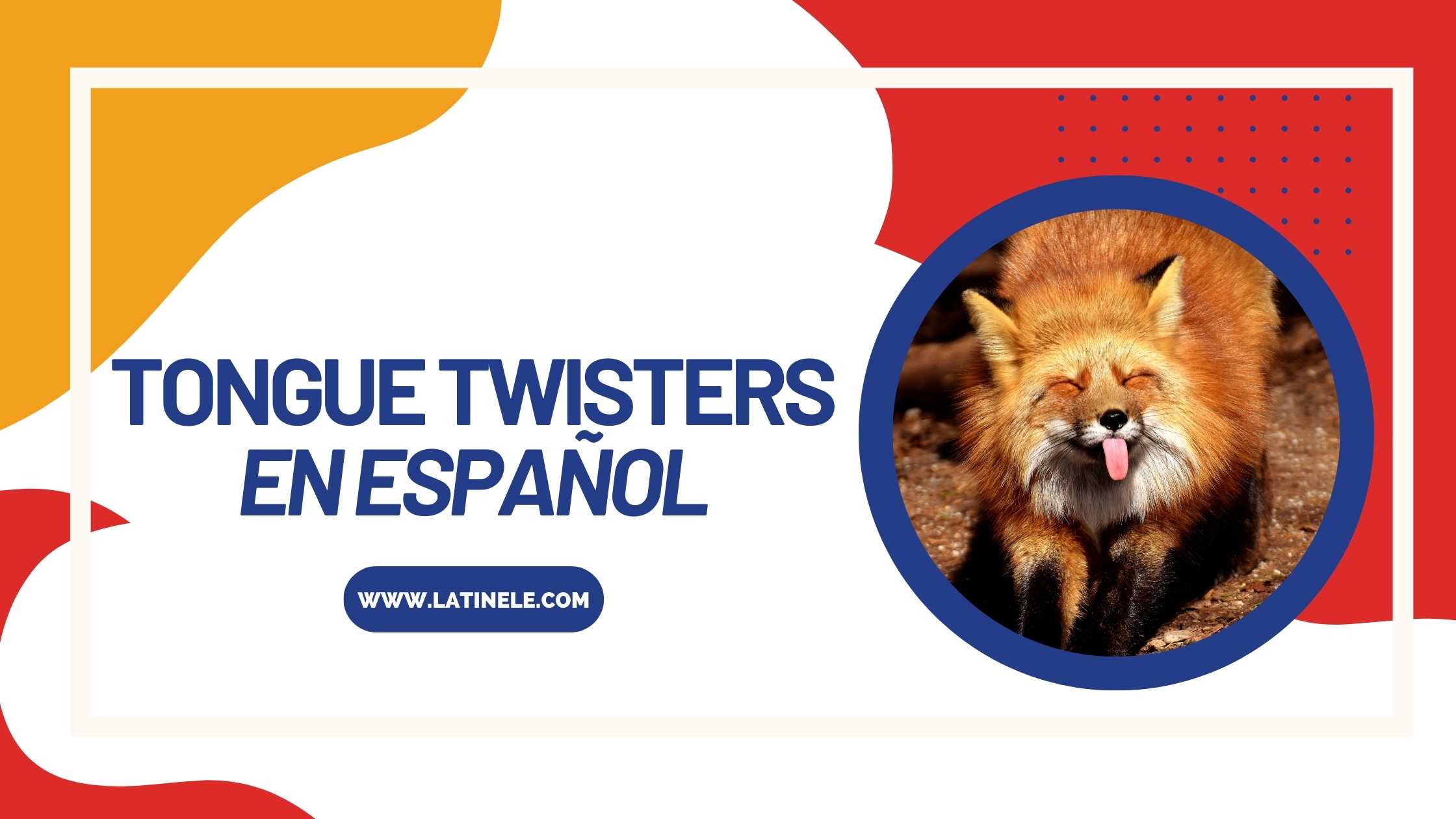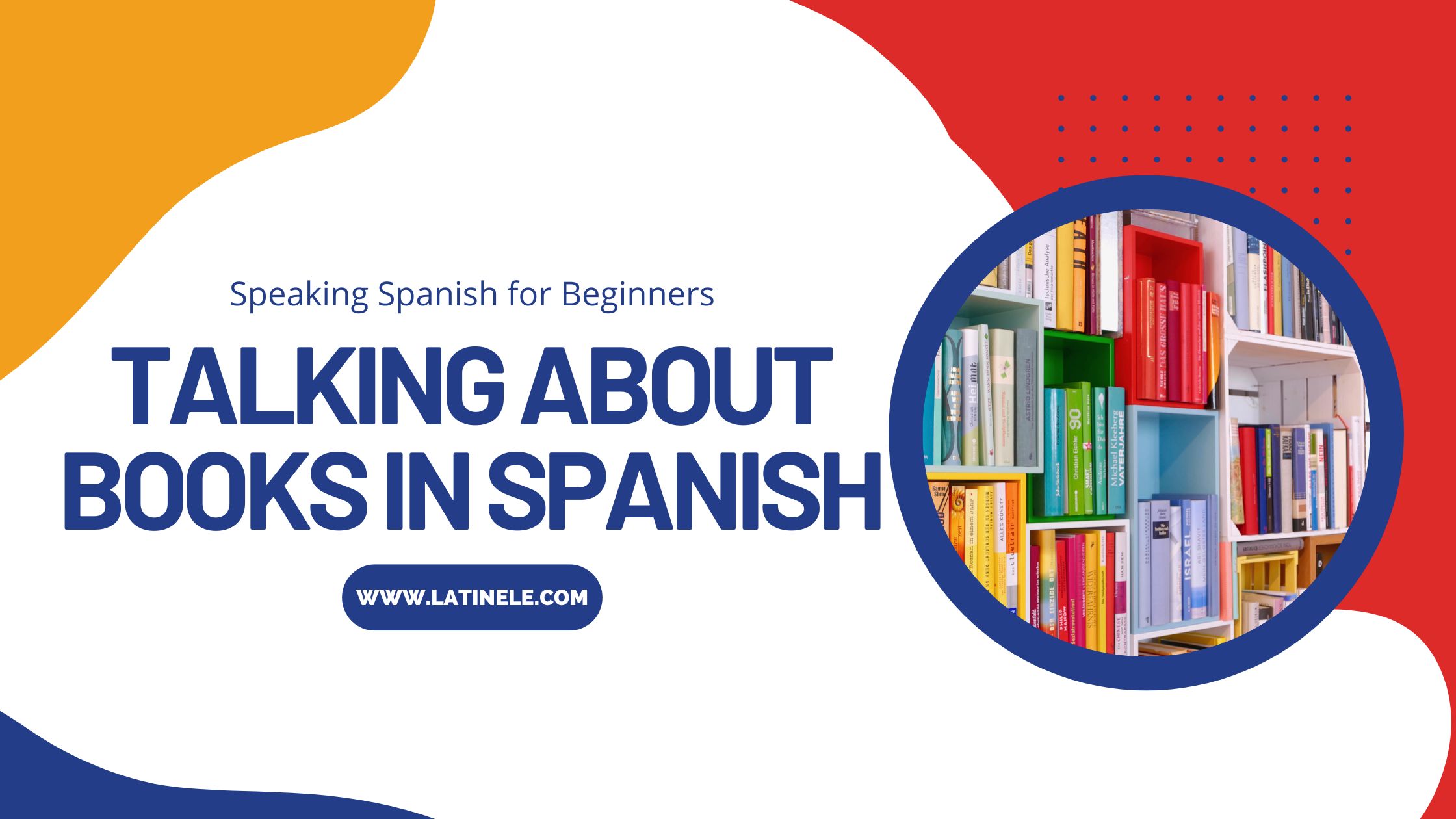Do you remember those days back in Kindergarten when you sat in class with your little classmates, learning songs and repeating tongue twisters to practice your pronunciation skills?
Well, it turns out that those silly, challenging tongue twisters actually serve a purpose beyond just making you laugh!
In fact, tongue twisters are an effective and fun way to improve your speaking, attention, and even your memory (which seems to be getting shorter these days).
But what are some tongue twisters native Spanish speakers had to rehearse at school? In this blog, we’ll explore some of the best Spanish tongue twisters to help you improve your speaking skills.
If you want to practice them for yourself, you can listen to them on our podcast, Speaking Spanish for Beginners, or try them out on Latin ELE’s YouTube channel. Let’s get started and see how these tongue twisters can benefit your language learning journey!
Spanish Tongue Twisters to Practice
In the following episode of Speaking Spanish for Beginners you’ll hear five tongue twisters. The main goal in each case is not to know what they say (many times they don’t make sense), but to improve pronunciation.
You’ll listen to a Spanish teacher say them slow at first, allowing you to get a feel for the sounds and pronunciation, and then gradually speed up the tempo to help you build speed.
A great way to practice, get better little by little, and improve your pronunciation.
Tongue twisters in the episode with English translations:
Tres tristes tigres trigo tragaron en un trigal
(Three sad tigers swallowed wheat in a wheat field)
Pancha plancha con cuatro planchas. ¿Con cuántas planchas plancha Pancha?
(Pancha irons with four irons. How many irons does Pancha iron with?)
Los cojines de la reina, los cajones del sultán. ¡Qué cojines! ¡qué cajones! ¿En qué cajonera van?
(The queen’s cushions, the sultan’s drawers. What cushions! What drawers! Which chest of drawers do they go in?)
Pepe Peña pica piña, pica piña Pepe Peña.
(Pepe Peña chops pineapple)
Un ratón reptó risueño hasta la rama de Rita la Rana.
(A joyful mouse crept up to the branch of Rita the Frog)

Spanish Adventures Companion
Get our FREE ebook and podcast and learn the essential vocabulary and cultural insights you need to handle common travel situations in Spanish.
Need more trabalenguas?
If you need additional tongue tongue twisters in Spanish, here is a video on Latin ELE’s YouTube channel to practice with more trabalenguas. They are focused on the sounds: rr, ch, d, and t.
We hope you had fun with these popular Spanish tongue twisters. They are a great exercise to improve your Spanish pronunciation. ¡Una forma divertida de aprender español!



